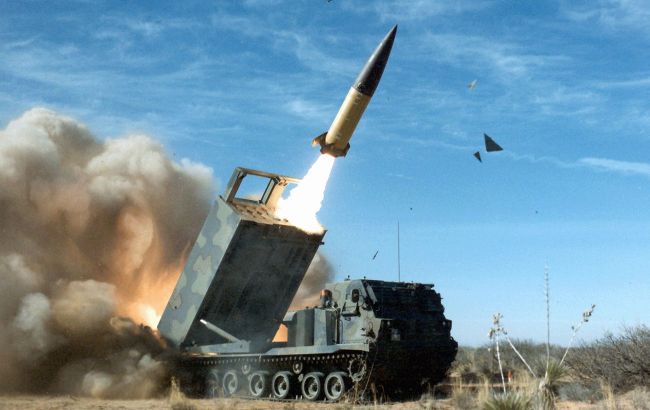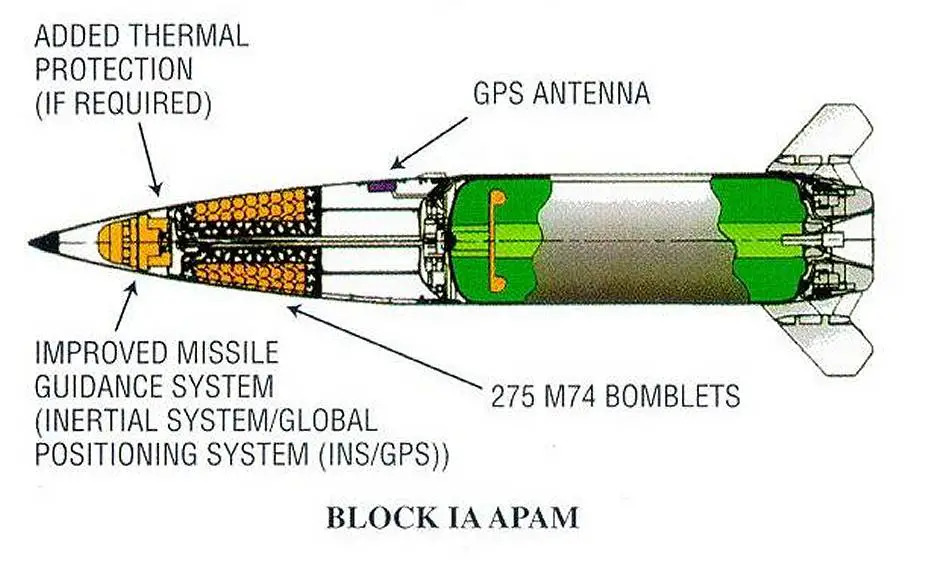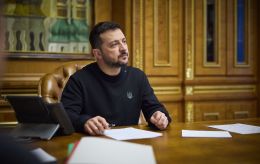Ukraine may receive cassette-modified ATACMS missiles from U.S.: What's known
 Ukraine can obtain ATACMS (Photo: army.mil)
Ukraine can obtain ATACMS (Photo: army.mil)
U.S. President Joe Biden purportedly informed Ukrainian President Volodymyr Zelenskyy about his decision to provide the Ukrainian army with long-range ATACMS missiles. However, these will be the cluster munition variant.
What is known about the missiles that the Ukrainian Armed Forces may receive from the U.S. is detailed in RBC-Ukraine article.
During the preparation of this material, publications from The Washington Post and NBC News, data from Wikipedia, statements by the President of Ukraine and representatives of the White House, as well as comments from military expert Valerii Riabykh of the Defense Express portal for RBC-Ukraine were used
Has Biden finally agreed to ATACMS?
Today, in the evening, NBC News, citing three unnamed U.S. officials and a congressional representative, reported that Biden supposedly told Zelenskyy that the U.S. would provide Ukraine with ATACMS missiles. However, it would be a small quantity.
At the same time, The Washington Post learned that these are ATACMS missiles armed with cluster munitions, not single warheads.
However, the information about Biden's alleged agreement raises doubts because, before Zelenskyy's visit to Washington, American media also reported that the U.S. President was getting closer to a decision on ATACMS.
Nevertheless, the new package of aid from the U.S. announced after the leaders' meeting did not include ATACMS missiles, and the White House stated that Ukraine had received a refusal on this matter.
Currently, neither the White House nor the Pentagon has commented on the new media reports about the decision on long-range missiles. Meanwhile, Zelenskyy had previously stated that Ukraine and the U.S. were "on the finishing line" regarding the supply of long-range ATACMS.
What is known about cluster ATACMS
According to a comment of military expert Valerii Riabykh of the Defense Express portal to RBC-Ukraine, there are three versions of ATACMS missiles that could fit the description mentioned in the media. Two of them are exclusively cluster munition variants, while another is loaded with self-guided munitions.
"I think that, most likely, the discussion for now could be about the first two cluster versions. The first is the M39, which was produced until 1996, and the second is the M39A1, which was produced from 1997 to 2003," suggested the expert.
Some of these missiles, according to Riabykh, underwent conversion to other versions, including fragmentation-high-explosive ones. In addition, any missile requires maintenance and repackaging every few years to maintain its properties.
"The issue here with these cluster munitions is quite interesting because, as it seems to me, these first M39 variants may not be effective. They were produced until 1996, and 27 years have passed since then. This is probably the maximum term for their use," added the expert.
Technical specifications
ATACMS M39:
- Year of introduction - 1991.
- Weight - 1670 kg.
- Warhead weight - 560 kg.
- Range - 165 km.
- Accuracy (dispersion) - 225-250 meters.
ATACMS M39A1:
- Year of introduction - 1998.
- Weight - 1320 kg.
- Warhead weight - 160 kg.
- Range - 300 km.
- Accuracy (dispersion) - less than 100 meters.
ATACMS missiles are launched from HIMARS (High Mobility Artillery Rocket System) multiple-launch rocket systems, which are already in service with the Ukrainian army.

Photo: ATACMS cluster missile construction (armyrecognition.com)
How ATACMS can be used
Cluster munitions are used on the battlefield to strike concentrations of enemy troops, military equipment, and targets, as well as to strike airfields with aircraft, explained Riabykh.
"We need long-range weapons to prepare the battlefield for the subsequent liberation of Crimea. We have been observing the gradual displacement of the enemy from the area they tried to occupy for quite some time now. At the same time, there is a process of striking enemy airfields, which is also an element of disrupting the air defense system in Crimea and reducing the number of enemy aircraft used in the south," he said.
Strikes on airfields or even the creation of a threat to them could force Russian occupiers to relocate their aviation, changing the situation on the battlefield, the expert noted.

